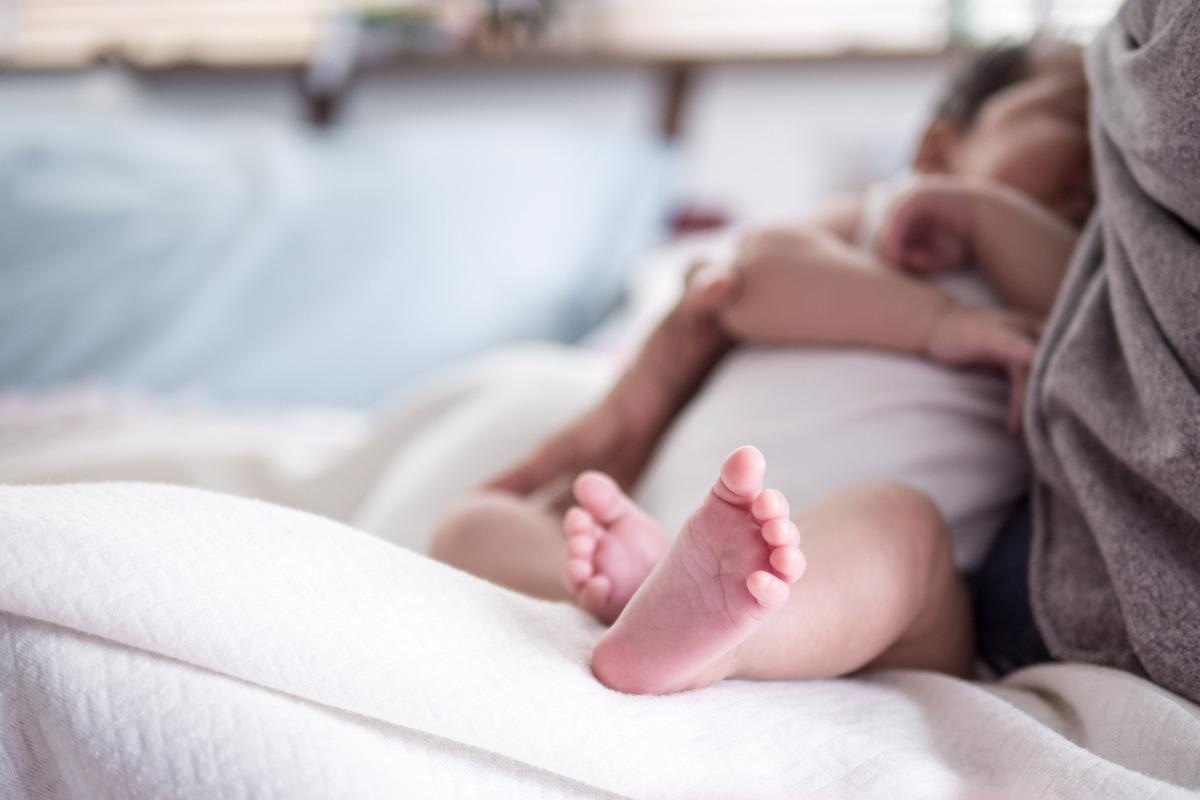The coronavirus disease 2019 (COVID-19), caused by the severe acute respiratory syndrome coronavirus 2 (SARS-CoV-2), led to the implementation of several measures that restricted social interactions at all levels in a bid to minimize viral transmission.
 Study: Milk From Women Diagnosed With COVID-19 Does Not Contain SARS-CoV-2 RNA but Has Persistent Levels of SARS-CoV-2-Specific IgA Antibodies. Image Credit: sasaton krungsee/Shutterstock
Study: Milk From Women Diagnosed With COVID-19 Does Not Contain SARS-CoV-2 RNA but Has Persistent Levels of SARS-CoV-2-Specific IgA Antibodies. Image Credit: sasaton krungsee/Shutterstock
There has been much discussion on whether mothers with active COVID-19 can breastfeed their babies. A recent paper in the journal Frontiers in Immunology describes the demonstration of mucosal antibodies in breast milk that specifically target the virus.
Background
Most earlier studies showed that women with COVID-19 are unlikely to contain the virus in their breast milk, and thus the chances of infecting their babies in this way are extremely low. Many other studies showed that neutralizing antibodies are present in milk in close correlation with the antibody titer of the milk.
Following SARS-CoV-2 infection, an antibody response sets in against the viral spike within two weeks of the onset of symptoms, with antibodies continuing to be found in serum for the next 6-8 months. During the first month from infection, a substantial proportion of this is the immunoglobulin A (IgA) antibody that targets the spike receptor-binding domain (RBD).
The current study aimed to analyze the risks of viral transmission through breast milk vs. the benefit of antiviral IgA antibodies, using a longitudinal design.
What did the study show?
The stud included 64 women, with a median age of 33 years, sampled over 106 days. No sample showed the presence of the virus, but the skin swabs collected before the breast was cleaned were positive in about a third of cases. After washing, only two remained positive, but with a 70% to 80% reduction in viral load.
Patients with a cough had five times higher odds of being positive for the virus on breast skin. Those with one or more family members with COVID-19 were at seven times higher odds of breast skin swab positivity, with over half of such swabs turning out positive vs. less than one in five of swabs from those without household contacts.
Three of four milk samples collected contained anti-RBD IgA, with the concentration increasing over the first week from symptom onset. Over 90% of repeat samples showed the presence of the antibody by day 19, and 77% of these continued to show persistent anti-RBD IgA for two or more months.
Two women were asymptomatic among the follow-up group, of which one showed persistent IgA.
What are the implications?
There was no indication of SARS-CoV-2 in breast milk, while a few skin swabs collected before breast skin washing showed the presence of viral nucleic acid. Patients with a cough or infected household members were at a much higher risk of having a positive skin swab.
The milk samples showed evidence of a strong and durable specific IgA response to the viral spike RBD in most patients. Over 90% of mothers showed anti-RBD IgA in milk, with the concentrations showing a rise early in the course of infection. In most cases, the specific IgA continued to be secreted in milk for at least two months.
This finding suggests that infants are protected by antibodies transferred from the mother for at least two months following infection in the mother. This represents an important source of immunity for the neonates and infants of breastfeeding mothers who develop COVID-19.
The importance of cleaning the breast skin before nursing the infant is demonstrated by the very low percentage of post-washing positive skin swabs and the marked reduction in viral load in such positive swabs. The study could not determine whether the detected viral nucleic acid indicated the presence of viable virus or simply remnants without infectivity. The latter is likely, given that a multiplicity of studies agree on the absence of evidence of SARS-CoV-2 transmission by breastfeeding.
Human milk being the prime source of nutrition for human infants, this study helps establish that breastfeeding is important in providing durable specific immunity against the virus in neonates and infants.
Our findings also provide additional support for recommendations that lactating women with COVID-19 continue to breastfeed while they and others in the household take precautions, such as hand and respiratory hygiene, to prevent transmission via respiratory droplets.”